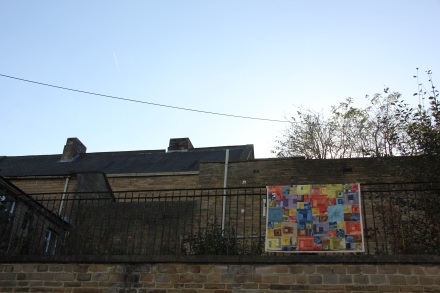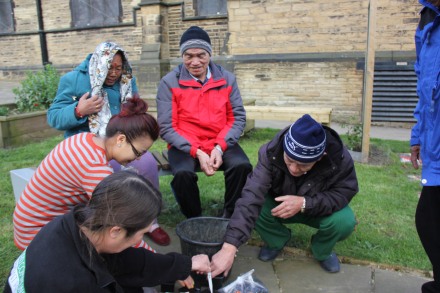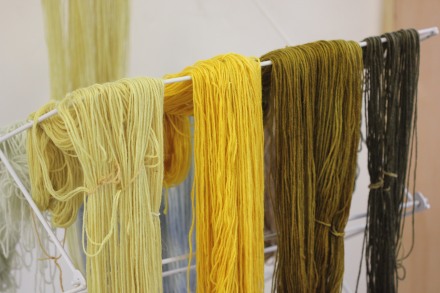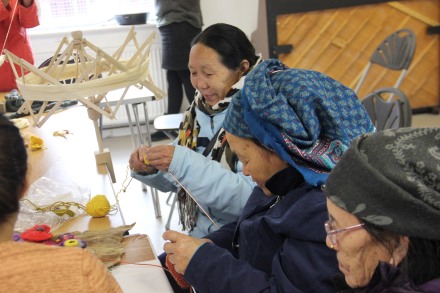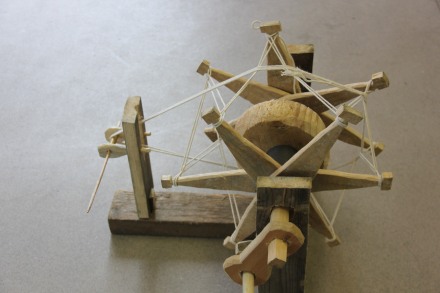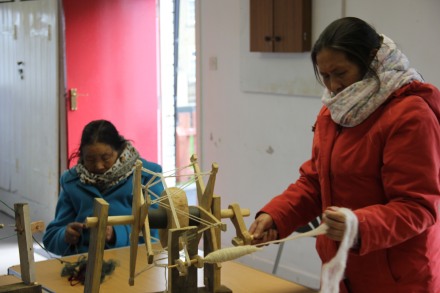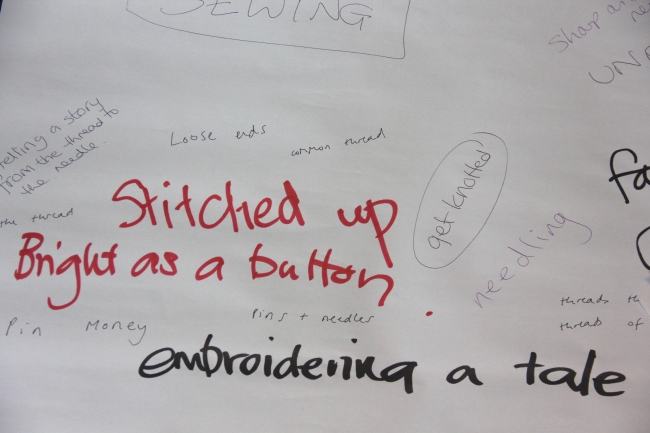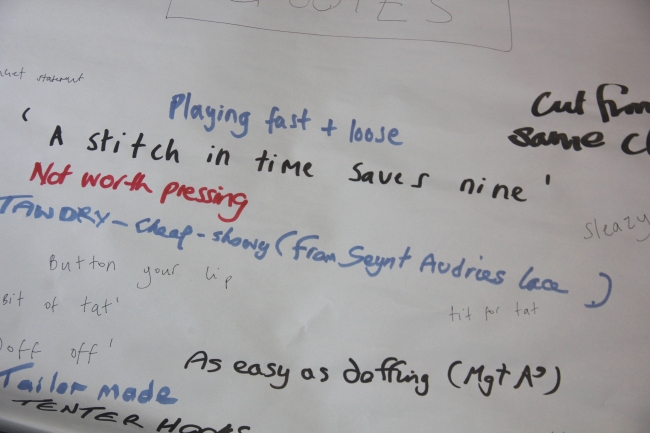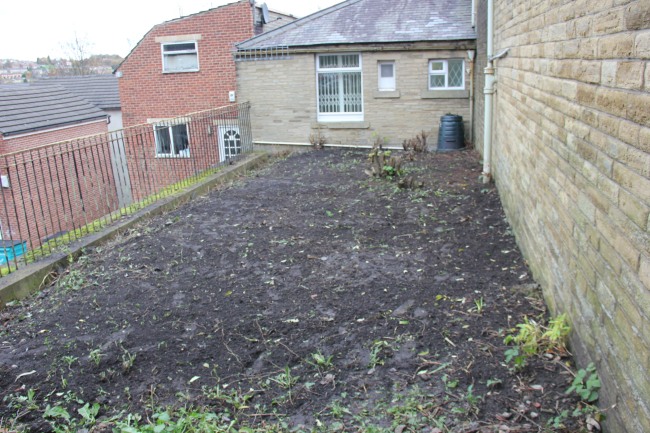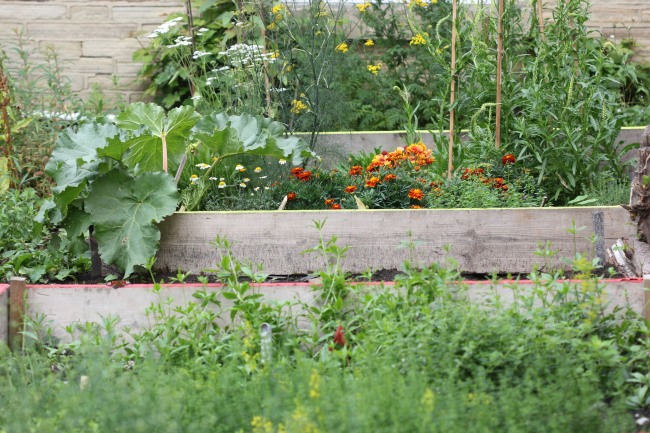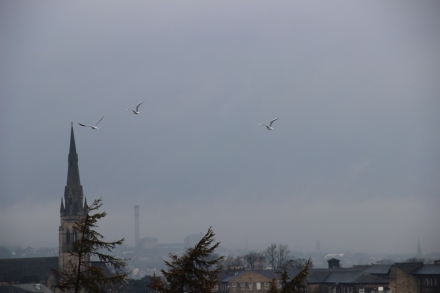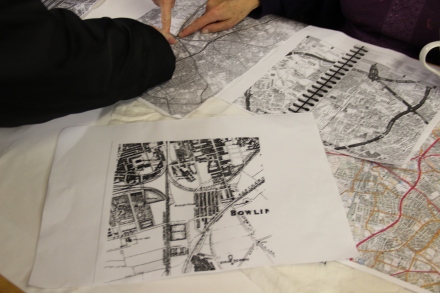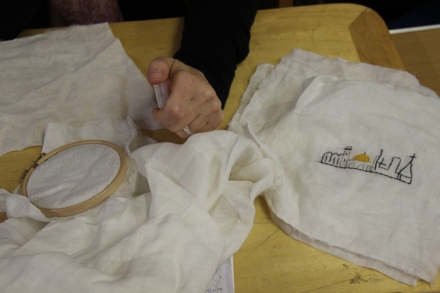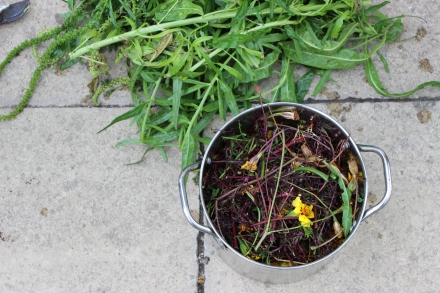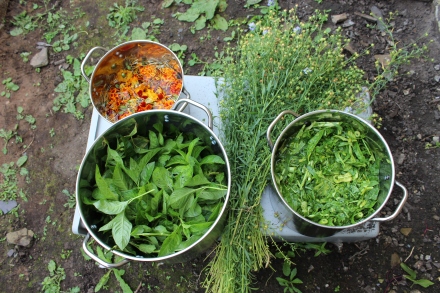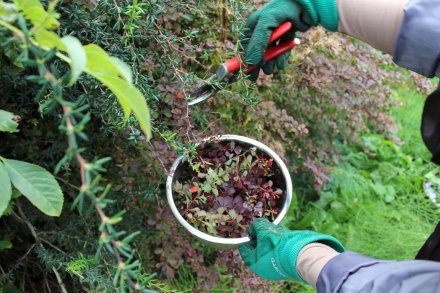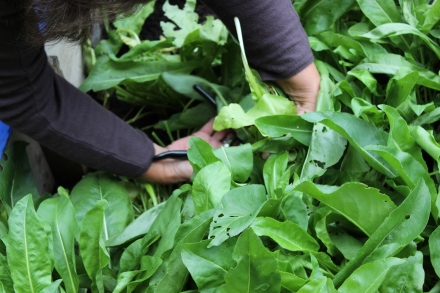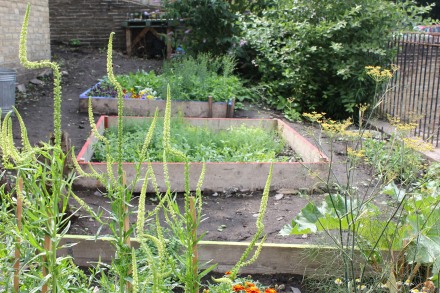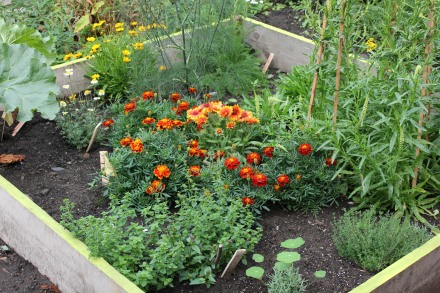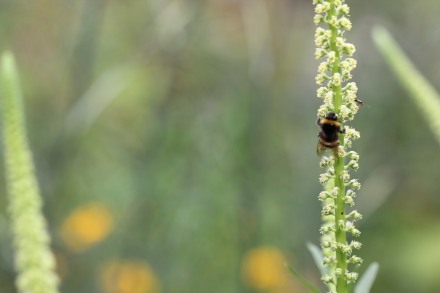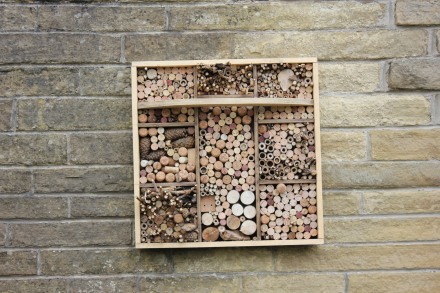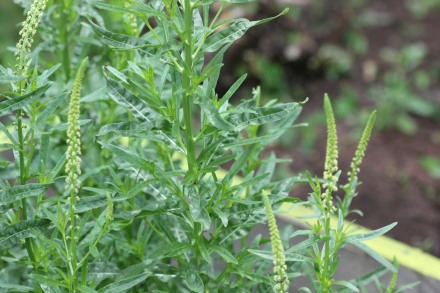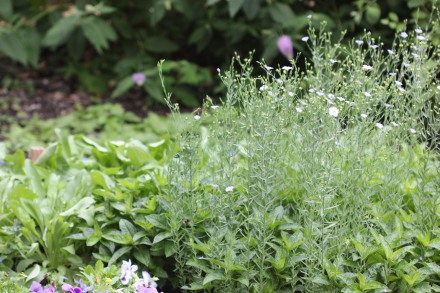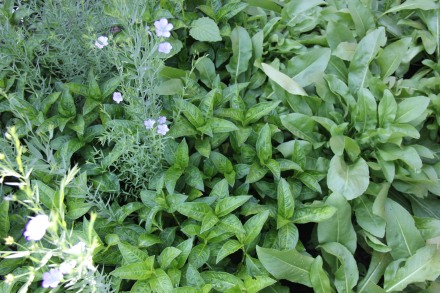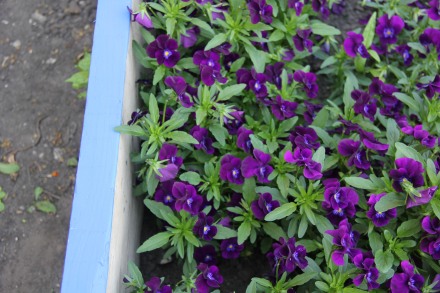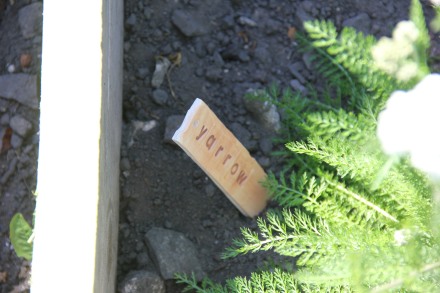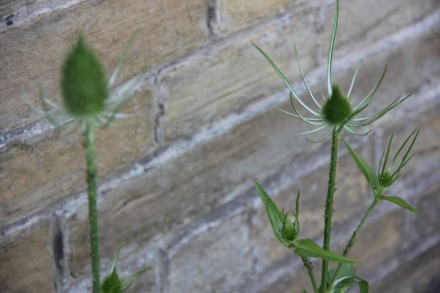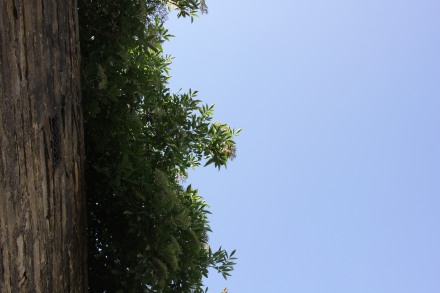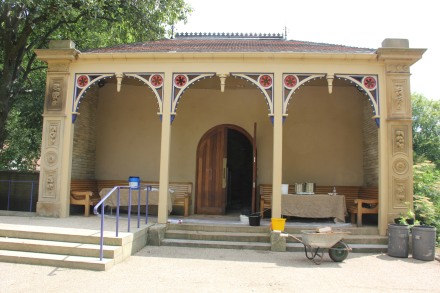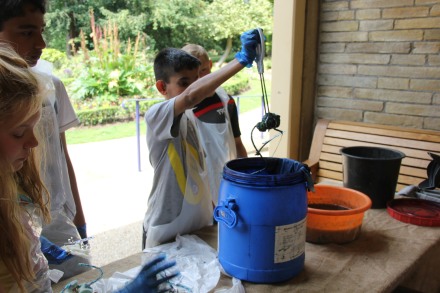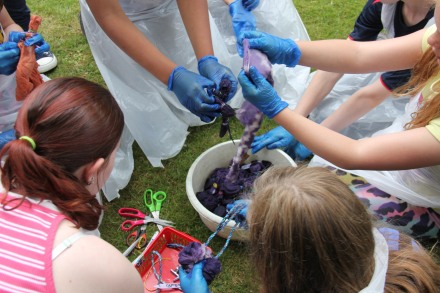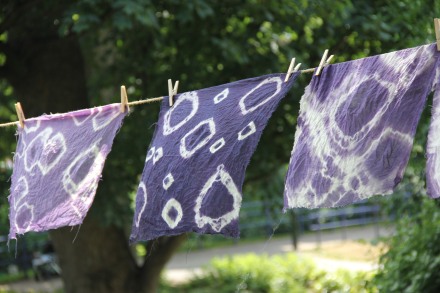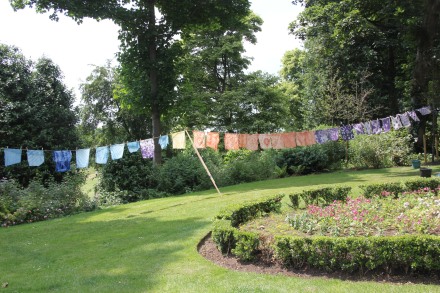The Fabric of Bradford project has now come to an end. In two years over 500 Bradford residents were engaged directly and indirectly with our work exploring the textile dyeing heritage of the city.
Participant responses were very positive about engaging with heritage through learning activities. The diverse communities engaged during the project meant that there were a multitude of personal narratives that participants brought to the sessions and this is evidenced by some of the evaluations we recorded. Links were made between the nineteenth century newly industrialised city and the changes that were experienced by the community then, and with some of Bradford’s needs as a post-industrial city now. Several projects used sessions to explore the working patterns and immigration history of the city in the context of the nineteenth century and personal experiences of coming to Bradford were also shared. These were unforeseen outcomes but showed how embedding stories of community and industrial history in a project can strengthen connections for participants lived experiences today.
‘It’s quite exciting and I’ve not done anything like this before but I remember people dyeing from my childhood in Pakistan. Our history is all there, my mother dyeing scarves and cloth in the back garden, the history of Bradford.’
‘I didn’t grow up in Bradford and didn’t know any of the textile history. It has been amazing to learn all these new things. I have gone on to share this information with members of my family. The course has given me roots in my community. I was fascinated by our visit to the Colour Experience and the discovery of mauveine dye in 1856. I have been looking at colours and wondering when each colour was invented.’
‘This project has made me more aware of the community around me. It has brought the community to life for me. There should be projects like this everywhere, linking up with other ones, sharing stories so we can do things together. There’s a story in every pocket in this community.’
This resource will remain available to view and we are happy to share a short film by Ruth Webber made at one of our community projects in West Bowling. The project in this area explored the heritage of Bowling Dyeworks and the village that was built alongside it, Ripleyville. Participants worked on communal textile projects and had the opportunity to explore their own heritage and narratives of coming to live in the area alongside learning about the past.
We are continuing to work at one of our community dye garden sites at Hive in Shipley, a space that now grows 45 plants with a connection to textile dyeing or processing heritage. There will be an open garden on Friday 26th June 1-4 as part of Shipley Festival. All are welcome.
A publication about the project will be available as a PDF, if you are interested in viewing a copy please leave your details in the comments section of this post.
It has been a pleasure working on The Fabric of Bradford. As the co-ordinator of the project I would like to thank the Heritage Lottery Fund for supporting the work we have done, all our partner organisations and volunteers and the community-based participants who generously gave their time and shared their experiences.
Claire Wellesley-Smith

